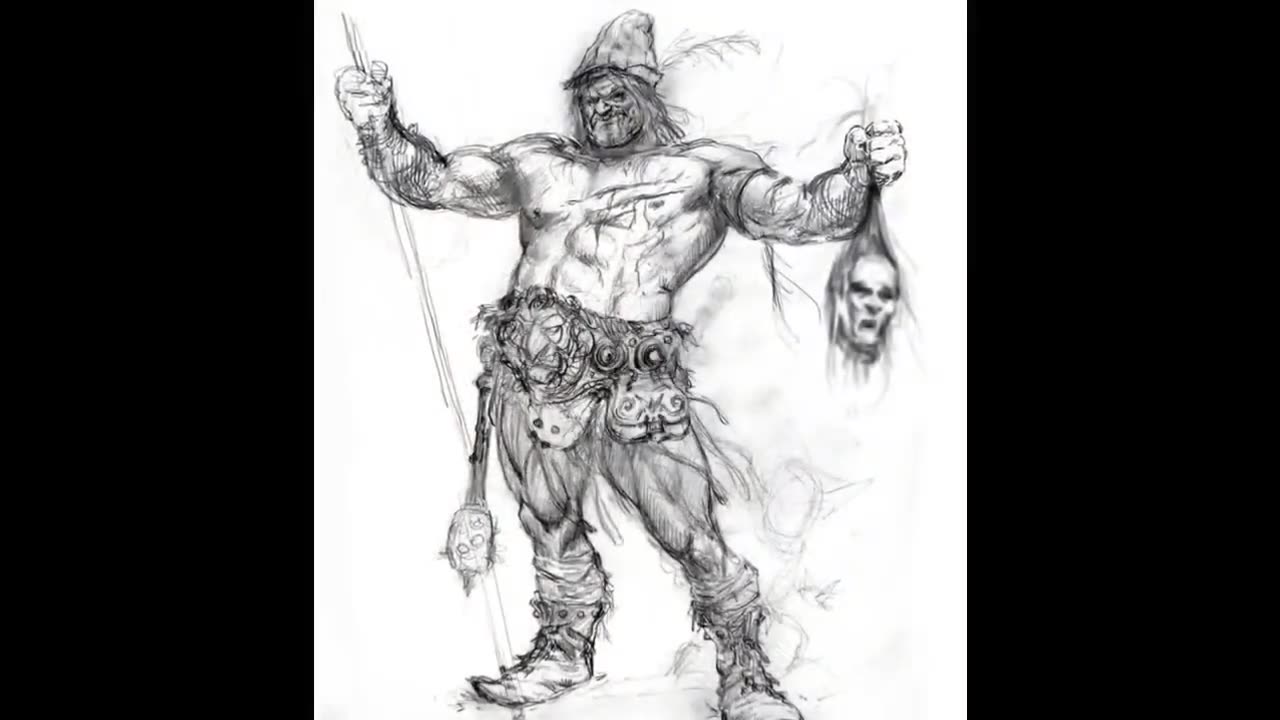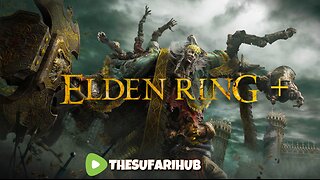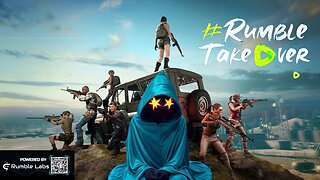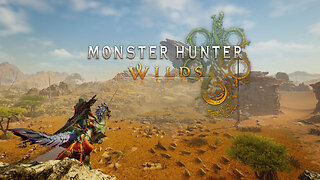Premium Only Content

The Book of Giants
The Book of Giants
- The Giants vs The Four Wonders (Archangels)
An extremely ancient book, written before the great flood, just like Enoch and Job, it was on the Ark with Noah as part of the first Bible, part of the ancient scriptures talked about in the Old Testament. Enoch was 7th from Adam and was caught up (raptured). Therefore it would make sense that the Rapture will occur in the 7th church age, which we’re in now.
Using several reconstructions in full from ancient fragments from the oldest scriptures: from Syriac to the Dead Sea Scrolls, the Book of Giants was published in not less than six or seven languages. From the original Syriac, the Greek and Middle Persian versions were made. Also known as The Book of Giants or the Book Of Og (Vir-Og-dad) it's about the Giborim, the Nephilim, sons of the Fallen Angels, and features a full summary of the "Dream Sequences" of the giants, via the Interpretations of several theologians. Reading from The Book of Giants found in the Qumran Caves, the Dead Sea Scrolls and the Ka-Wan of the Manichaeans, we'll reconstruct the full story, and examine several key aspects.
GIANTS AT THE NORTH POLE / EDEN
The book of giants also states that there were 32 - 36 towns built for the wicked sons of the giants near Mt Sumeru, at the North Pole. They were taken there to spare them from the war between the Giants and the Four Angels. This correlates to the book of the bee and other texts. Another name for the area is Aryan - Vedan, 'Aryan - Weyzan' in Indo-Iranian. According to the ancient texts, these people originated the arts and crafts and built weapons for a war between the Giants and the Angels. The book of Enoch, and the Apocalypse of Baruch (and many other texts) are considered 'Apocrypha', and are kept out of the modern bible. Enoch is part of the original bible.
The Book of Enoch (also 1 Enoch, Ge'ez: መጽሐፈ ሄኖክ mätṣḥäfä henok) is an ancient Jewish religious work, ascribed by tradition to Enoch, the great-grandfather of Noah, although modern scholars estimate the older sections (mainly in the Book of the Watchers) to date from about 300 BC, and the latest part (Book of Parables) probably to the first century BC, some believe it is preflood, antideluvian text. Although it is not part of the biblical canon used by Jews, apart from Beta Israel, it is regarded as canonical by the Ethiopian Orthodox Tewahedo Church and Eritrean Orthodox Tewahedo Church, and it is wholly extant in the Ge'ez language, with Aramaic fragments from the Dead Sea Scrolls and a few Greek and Latin fragments. For this and other reasons, the traditional Ethiopian belief is that the original language of the work was Ge'ez. The books author was Enoch himself, before the Biblical Flood. The authors of the New Testament were familiar with the content of the story and influenced by it: a critical part of the bible, a section of 1 Enoch (1 En 1:9 or 1 En 2:1 depending on the translation) is quoted in the New Testament (Epistle of Jude 1:14–15), and is attributed there to "Enoch the Seventh from Adam" (1 En 60:8). The text was also used by the community that originally collected the Dead Scrolls Canonicity and was evidently widely known during the development of the Hebrew Bible Canon. The biblical story revolves completely around the book of giants and the book of Enoch... and without these tales the bible lacks context...
-
 2:34:20
2:34:20
vivafrei
16 hours agoEp. 257: More ROGUE Judges! More Deportations! Candace v. RFK Jr.? Wisconsin Election & MORE!
162K368 -
 2:27:35
2:27:35
Nerdrotic
9 hours ago $16.85 earnedGobekli Tepe Coverup, Pyramid Structures w/ Jimmy Corsetti & Wandering Wolf | Forbidden Frontier 096
60.1K25 -
 54:17
54:17
Man in America
13 hours ago50 MILLION Illegals: The TIME BOMB Threatening to Destroy America w/ J.J. Carrell
35.6K42 -
 1:09:13
1:09:13
Tundra Tactical
5 hours ago $2.42 earnedThe Worlds Okayest Gun Live Stream
29.9K3 -
 4:01:56
4:01:56
The Sufari Hub
6 hours ago🔴ELDEN RING MODDED - ROAD TO #1 GAMER ON RUMBLE - #RumbleGaming
39K -
 4:23:35
4:23:35
thatsnotkyle
5 hours agoPUBG | Chicken Dinners
41.9K2 -
 54:47
54:47
Sarah Westall
9 hours agoTranshumanism vs Natural Human Zones, AI consciousness and the Hive Mind Future w/ Joe Allen
73.1K29 -
![[LIVE] The Sunday Surprise! | Testing Halo Star Wars Mods!](https://1a-1791.com/video/fww1/70/s8/1/U/P/W/x/UPWxy.0kob-small-LIVE-The-Sunday-Surprise-A-.jpg) 4:29:06
4:29:06
Joke65
7 hours ago[LIVE] The Sunday Surprise! | Testing Halo Star Wars Mods!
54.2K -
 3:09:00
3:09:00
MaverickLIVE
7 hours agoFirst Rumble Stream!
47.4K2 -
 8:06:12
8:06:12
xTimsanityx
11 hours ago🟢LIVE: COACH ALWAYS TOLD ME, "SHOOTERS SHOOT" | GOONING ON E-DISTRICT
35.7K2